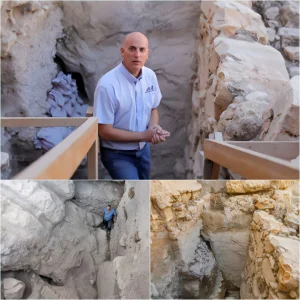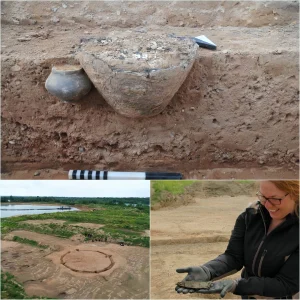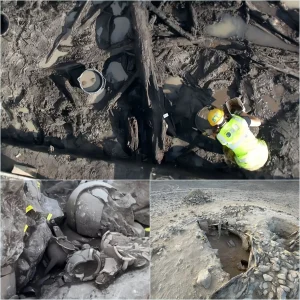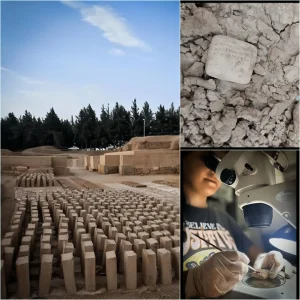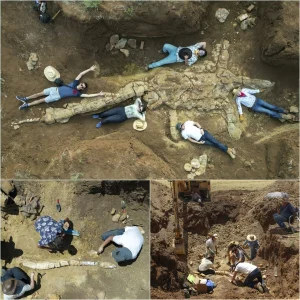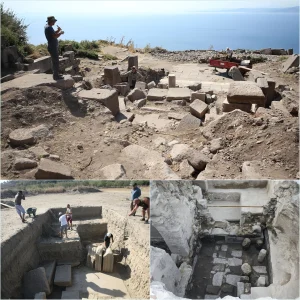Archaeologists in Bulgaria have unearthed a marble statue of the Greek god Hermes in an ancient Roman sewer, shedding light on cultural transitions within the region. The discovery occurred during excavations in Rupite, near the Greek border, at the site of Heraclea Sintica, an ancient city established by Philip II of Macedon in the fourth century B.C.E. The city thrived until a significant earthquake in 388 C.E. devastated it.
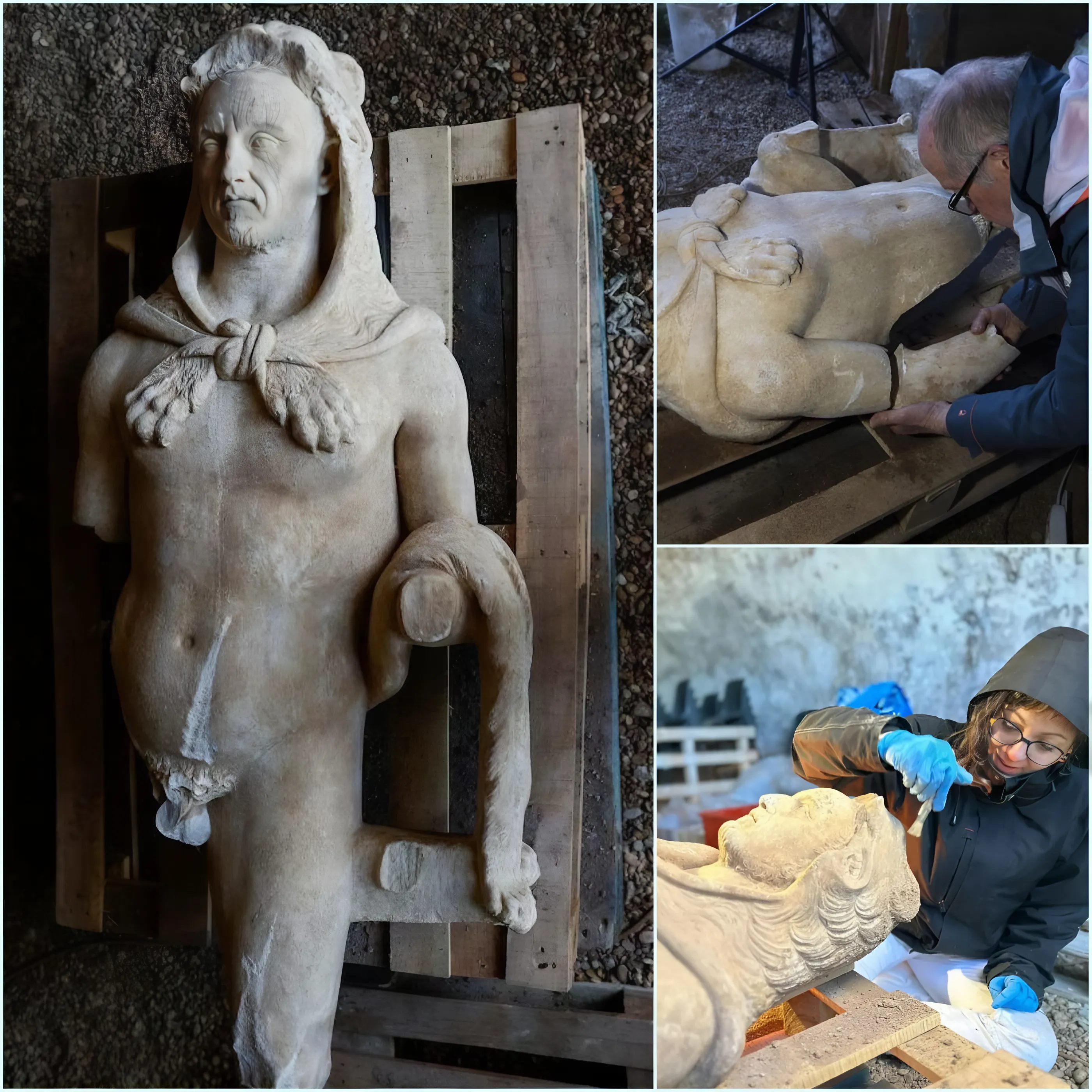
The remarkably well-preserved statue, standing 6.8 feet tall with its head intact and minor damage to its hands, is believed to be a Roman reproduction of an original Greek sculpture. Its discovery within the sewer suggests a deliberate effort by local residents to protect their cultural heritage following the conversion of the Roman Empire to Christianity, which had deemed pagan practices forbidden.
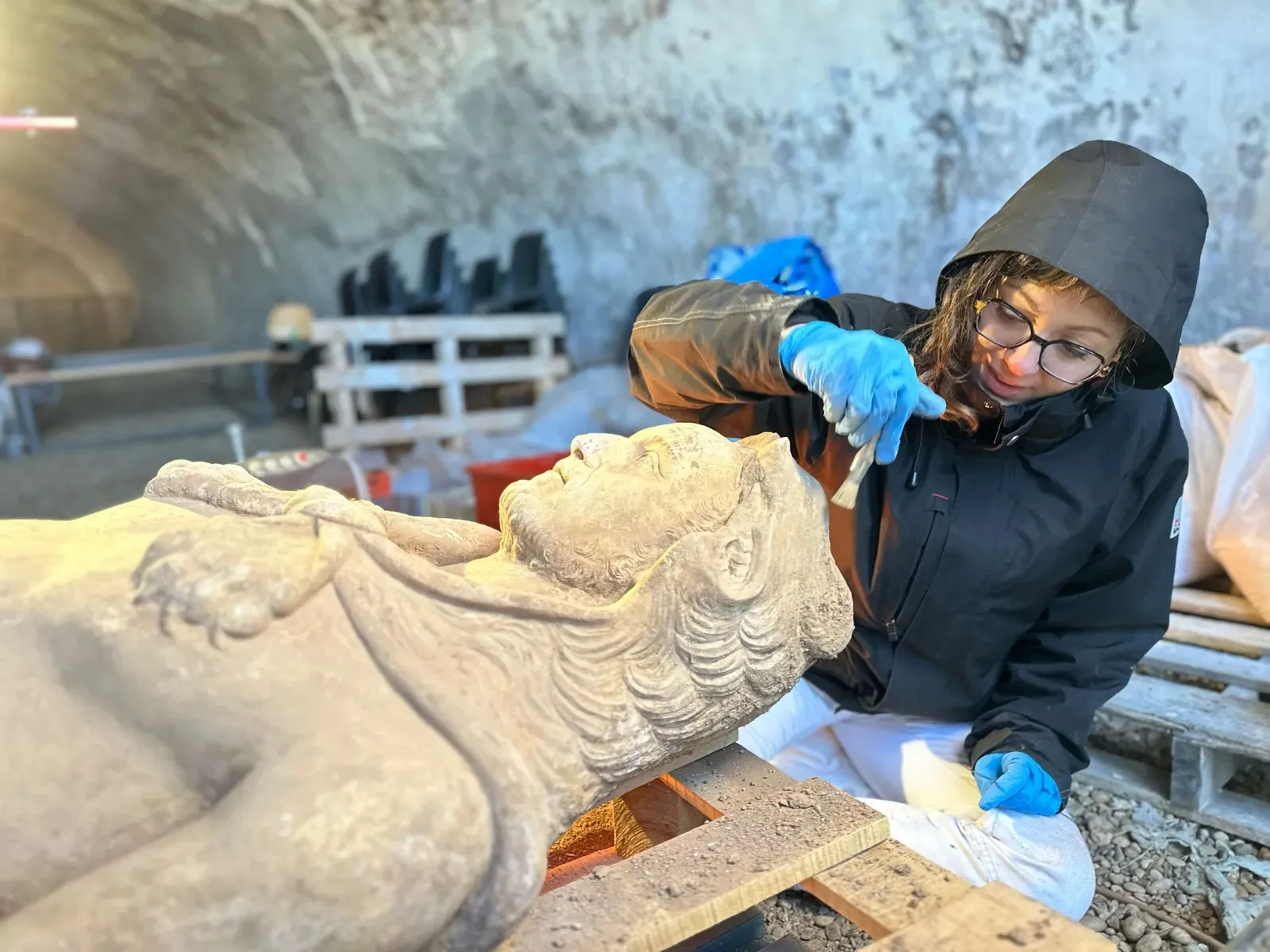
According to Lyudmil Vagalinski, leader of the excavation team, the placement of the statue underground and covered with soil indicates a clandestine effort to safeguard it amidst the cultural and religious upheavals of the time. Despite the official shift to Christianity, this find underscores the enduring reverence for ancient deities among the populace.
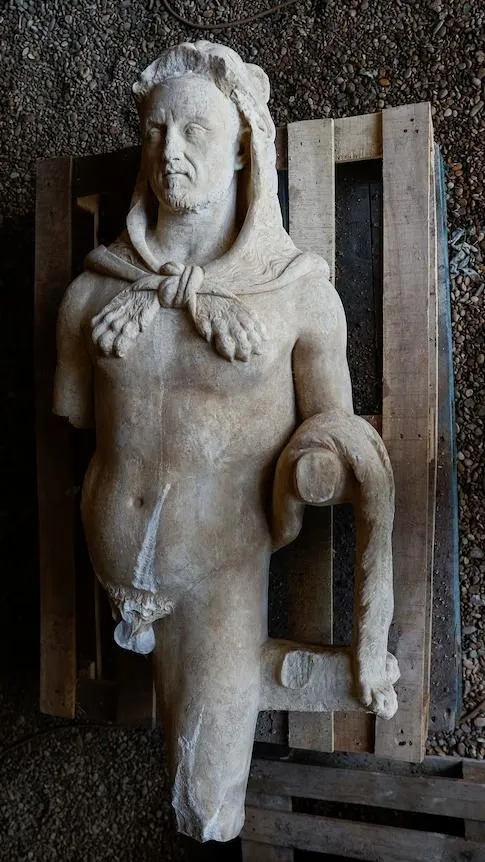
The discovery highlights the intricate layers of history and the resilience of cultural identity even amidst profound societal changes, offering a poignant glimpse into ancient beliefs and practices that persisted beneath the surface of official history.
